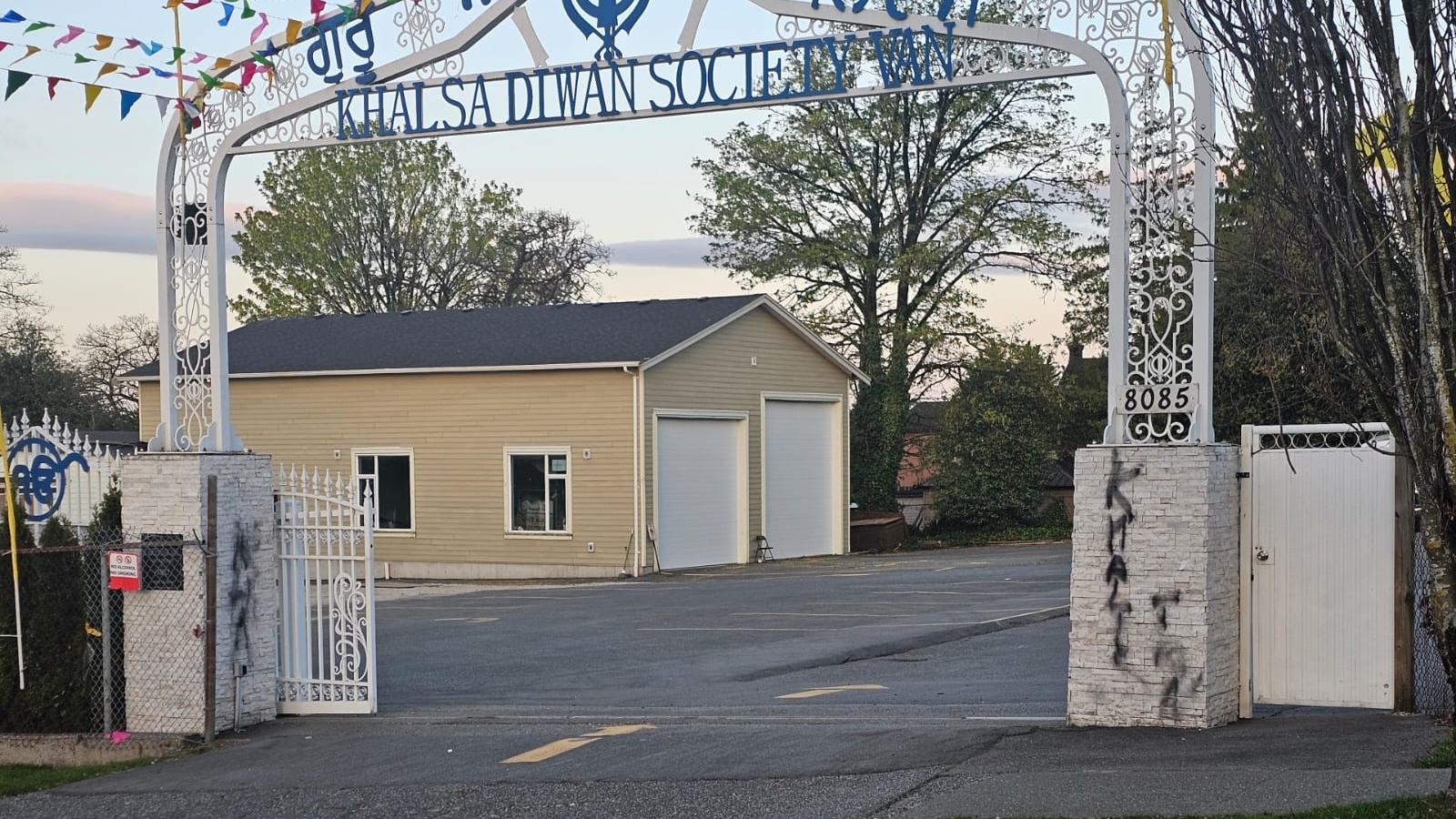Vancouver Gurdwara Defaced with Pro-Khalistan Graffiti
International International NewsPosted by AI on 2025-04-20 11:41:34 | Last Updated by AI on 2025-12-20 12:53:18
Share: Facebook | Twitter | Whatsapp | Linkedin Visits: 12

What drives individuals to deface a place of worship? This past Saturday, the serene atmosphere of the Ross Street Gurdwara in Vancouver, British Columbia, was shattered by an act of vandalism. Unidentified individuals spray-painted pro-Khalistan slogans across the gurdwara's gates and outer walls, leaving the Sikh community shocked and dismayed. According to the Khalsa Diwan Society (KDS)'s recording secretary, who spoke with the Hindustan Times, the incident occurred sometime during the day, marring a place meant for peaceful reflection and prayer.
The defacement of the gurdwara has sent ripples of concern throughout the local Sikh community. The graffiti, promoting a separate Sikh state called Khalistan, raises complex questions about the motivations behind the act and the potential for further incidents. This is not merely an act of vandalism; it's a symbolic attack on a community's identity and sense of security. The gurdwara serves as not just a place of worship but also a community hub, a place where people gather for social events, celebrations, and support. This act of desecration has violated that sacred space, leaving many feeling vulnerable and targeted. Police have begun an investigation, hoping to identify the perpetrators and understand the context behind this disturbing incident. They are currently reviewing security footage from the gurdwara and surrounding areas, appealing to the public for any information that may lead to an arrest.
This incident highlights the ongoing tensions surrounding the Khalistan movement, a complex and sensitive issue with a long history. While the movement has a significant following, acts of vandalism and extremism are not condoned by the broader Sikh community. Many Sikh leaders have publicly condemned the defacement of the gurdwara, emphasizing the importance of peaceful dialogue and unity. The incident underscores the need for continued interfaith dialogue and community engagement to address the root causes of such tensions and foster a climate of mutual respect and understanding. The desecration of this sacred space serves as a stark reminder of the challenges that remain in building a truly inclusive and tolerant society.
The immediate next steps involve a thorough investigation by law enforcement, coupled with community efforts to repair the physical damage and address the emotional impact of the incident. The KDS is planning a community gathering to show solidarity and resilience in the face of this act of hatred. The hope is that through open communication and collaborative action, the community can heal and move forward, reaffirming their commitment to peace and understanding.
Search
Categories
Recent News
- Hyderabad Expressway Crash: Overspeeding Causes Chaos
- Cyberabad Gears Up for Presidential Visit, Bracing for Traffic Snarls
- Hyderabad Traffic Rerouted for Skywalk Construction
- Hyderabad Man Loses Lakhs in Sophisticated Cyber Scam
- Hyderabad Senior Citizen Scammed: Rs 59 Lakh Lost in Digital Fraud
- Fake Share Trading Scam: Hyderabad Techie's Rs 3.49 Crore Loss Unveils Nationwide Fraud
- Cyber Fraud Foiled: Telangana Police Save Teacher's Retirement Fund
- Hyderabad's Drug Bust: Unveiling a Complex Network
Popular News
- Navigating IPO Market Dynamics Amid Volatility and Regulatory Changes
- Innovative Green Practices and Environmental Initiative
- Massive Worldwide Microsoft Outage Disrupts Multiple Sectors
- తెలుగుదేశం పార్టీ - పేదరికాన్ని నిర్మూలించడంలో వాగ్దానం
- Universities Embrace Remote Learning Technologies Amidst Ongoing Pandemic